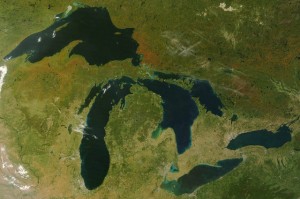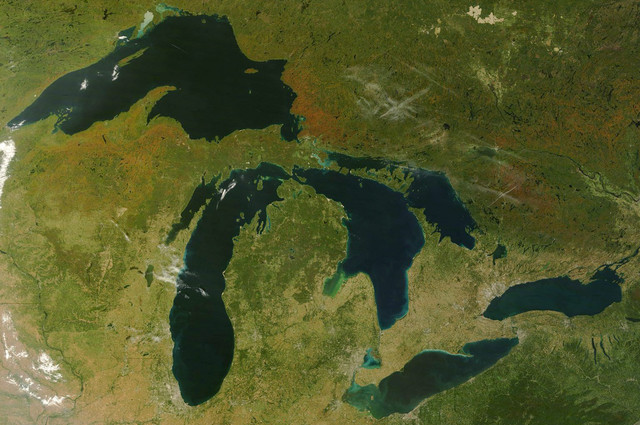
While much talk and discussion centers on plastic waste in the Pacific gyre, a new study will be conducted this summer on the Great Lakes, including Lake Erie.
This study will assess for the first time the potential effect plastic pollution has on these bodies of water. It’s expected to provide data regarding the levels of discarded plastics from trash to tiny particles found in the lakes, as well as examine their impact on food supplies, according to an article on Cleveland.com.
Lake Erie is widely reported as having a high concentration of plastic pollution especially because water from Huron, Michigan, and Superior flow into it. At the same time, some marine scientists have said since Lake Erie is shallow, water flows through it at a fast rate so pollution may actually be minimized.
The study is a joint venture between SUNY Fredonia and 5 Gyres, a research institute dedicated to the maritime study of plastic pollution. Lakes Erie, Huron and Michigan will be surveyed and measured.
A three-pronged approach will be used to measure the plastic pollutants in the three lakes. Researchers will sail the lakes and collect samples from open water, lakebeds and beaches. Those samples will be tested for micro plastics, which are tiny plastic particles that can present environmental problems.
Last month, a new study was released that reported the amount of plastic debris in this part of the Pacific Ocean has grown 100-fold in the past 40 years.
The Great Lakes states of Ohio, Michigan, Illinois, and Wisconsin, as well as Pennsylvania, which touches Lake Erie on its western border, are all major players in the plastics processing industry. According to the Society of the Plastics Industry’s 2011 Size and Impacts Report, Ohio ranked second in terms of plastics employment (66,400), followed by Michigan (57,300), Illinois (53.300), and Pennsylvania ranking fourth through sixth, and Wisconsin at No. 8 (34,200).








